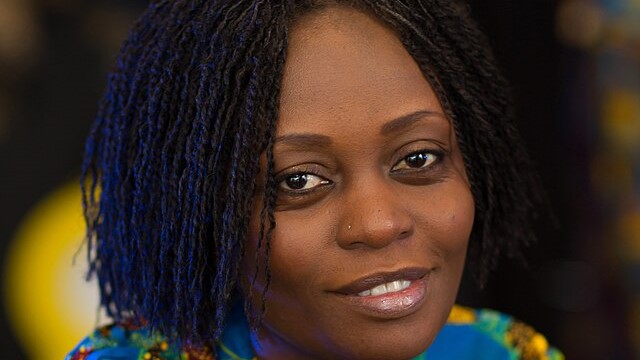In villages across Gabon, the sound of drums carries through the night air, punctuated by voices rising in unison. What may begin as a celebration often unfolds into something deeper—a ritual that binds communities together and affirms a shared sense of belonging.
Music in Gabon is not a backdrop but a social thread. Rooted in centuries of practice, it serves as a vessel for history, memory, and identity. Among the country’s many ethnic groups—the Fang, Myene, Nzebi, and others—songs are not merely performed; they are lived. Instruments like the mbongui, a resonant wooden xylophone, the ngoma drum, and the likembe thumb piano shape the sonic landscapes of ceremonies and festivals. Each region contributes its own variations, yet all are bound by a common function: to create unity through rhythm and voice.
At weddings, village feasts, and rites of passage, gatherings often swell into hours of drumming, dancing, and call-and-response singing. Elders pass down melodies laden with ancestral narratives, while younger participants add their energy to the chorus. These are not performances for spectators but participatory acts, where distinctions between musician and audience fade, replaced by collective motion and shared song.
Embedded within these traditions is a form of oral history. Lyrics recount the feats of ancestors, preserve local legends, and frame communal values in metaphor and symbol. A song might celebrate the fertility of the land, honor a family’s lineage, or convey a cautionary tale. In this way, music functions as an archive—fluid, adaptable, but deeply tied to place and memory.
The vitality of Gabonese music also lies in its resilience. As globalization reshapes cultural landscapes, younger generations are rediscovering traditional rhythms while blending them with contemporary influences. Urban musicians in Libreville and Port-Gentil weave ancestral instruments into modern arrangements, bridging past and present. The result is a hybrid sound that resonates far beyond Gabon’s borders while safeguarding the essence of its heritage.
This interplay of continuity and innovation underscores the enduring role of music in Gabonese life. It remains a form of cultural resistance as much as celebration—a reminder that traditions, when nurtured, evolve rather than vanish. To hear the pulse of the ngoma or the shimmering notes of the likembe is to encounter not just art, but the lived memory of a people, carried forward through generations.
Sources
- Fernandez, James W. Bwiti: An Ethnography of the Religious Imagination in Africa. Princeton University Press, 1982.
- Gray, John. African Music: A Bibliographical Guide. Routledge, 1991.
- Encyclopaedia Britannica. “Gabon: Cultural Life.” Accessed 2025.
- UNESCO Intangible Cultural Heritage. “Traditional Music and Dance in Gabon.” Accessed 2025.


